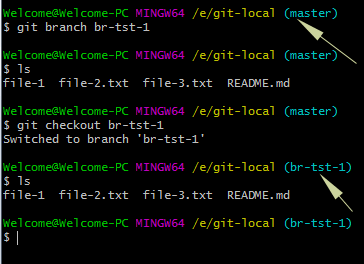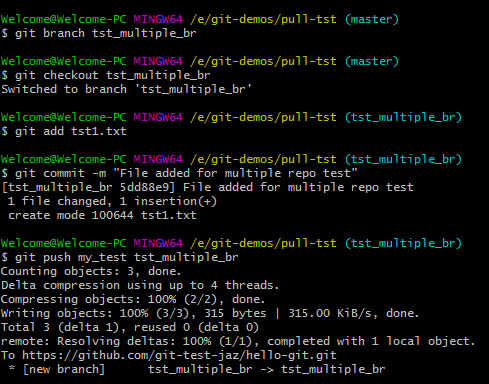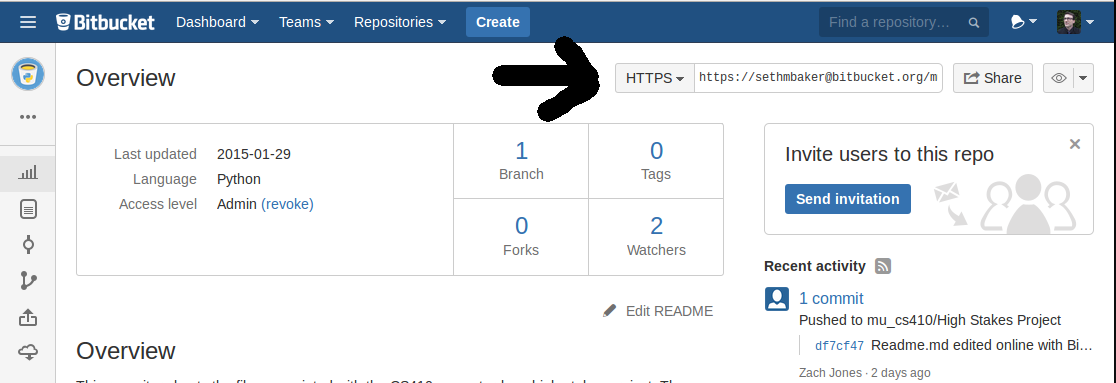

Theyre local branches that you cant move theyre moved. Or, you can checkout the remote branch and tell Git to create a local tracking branch with a new name. For more information, see " Creating an issue or pull request from GitHub Desktop. Remote branches are references (pointers) to the state of branches in your remote repositories. Optionally, click Preview Pull Request to open a preview dialog where you can review your changes and begin to create a pull request. In the Branches dialog box, in the Branches list, select origin. In the "New Commits on Remote" window, click Fetch. Observe the message in the Git pane, Behind /origin/main. If there are commits on the remote branch that you don't have on your local branch, GitHub Desktop prompts you to fetch new commits from the remote. To push your local changes to the remote repository, in the repository bar, click Push origin. For more information, see " About Git Large File Storage and GitHub Desktop." If you configure Git Large File Storage to track your large files, you can push large files that would normally be rejected.
Git add remote to local branch update#
If you change your project locally and want other people to have access to the changes, you must push the changes to GitHub.īefore pushing changes, you should update your local branch to include any commits that have been added to the remote repository. It is common to use upstream as the nickname for this remote.When you push changes, you send the committed changes in your local repository to the remote repository on GitHub. This will setup upstream of your local branch A to remote branch B.

do the following on your command line or terminal. It makes your setup easier for others to understand and for you to transfer information that you read in documentation, on Stack Overflow, or in blogs.Ī common reason to add a second remote is when you have done a “fork and clone” of a repo and your personal copy (your fork) is set up as the origin remote.Įventually you will want to pull changes from the original repository. If you created a local branch named A and you have a remote branch named B and you want remote branch B to track the changes of local branch A.

It is tempting to use a more descriptive nickname (such as github), but you might find that following convention is worth it. Sidebar on nicknames: there is a strong convention to use origin as the nickname of your main remote.Īt this point, it is common for the main remote of a repo to be hosted on GitHub (or GitLab or Bitbucket). Note: when you add a remote you give it a nickname (here happygit), which you can use in git commands in place of the entire URL.
Git add remote to local branch code#
After that, whenever our code mates need to interact with our branch, they will run the git fetch command. This will help us set up the remote branch for the current local branch. Use git remote add to add a new remote: git remote add happygit The alias -u is used as the shortcut for -set-upstream. However, after the initial clone, it is often useful to add additional remotes.

Git clone automatically adds a new remote, so often you do not need to do Regardez le Salaire Mensuel de Git Add New Remote Branch To Local en temps réel.


 0 kommentar(er)
0 kommentar(er)
